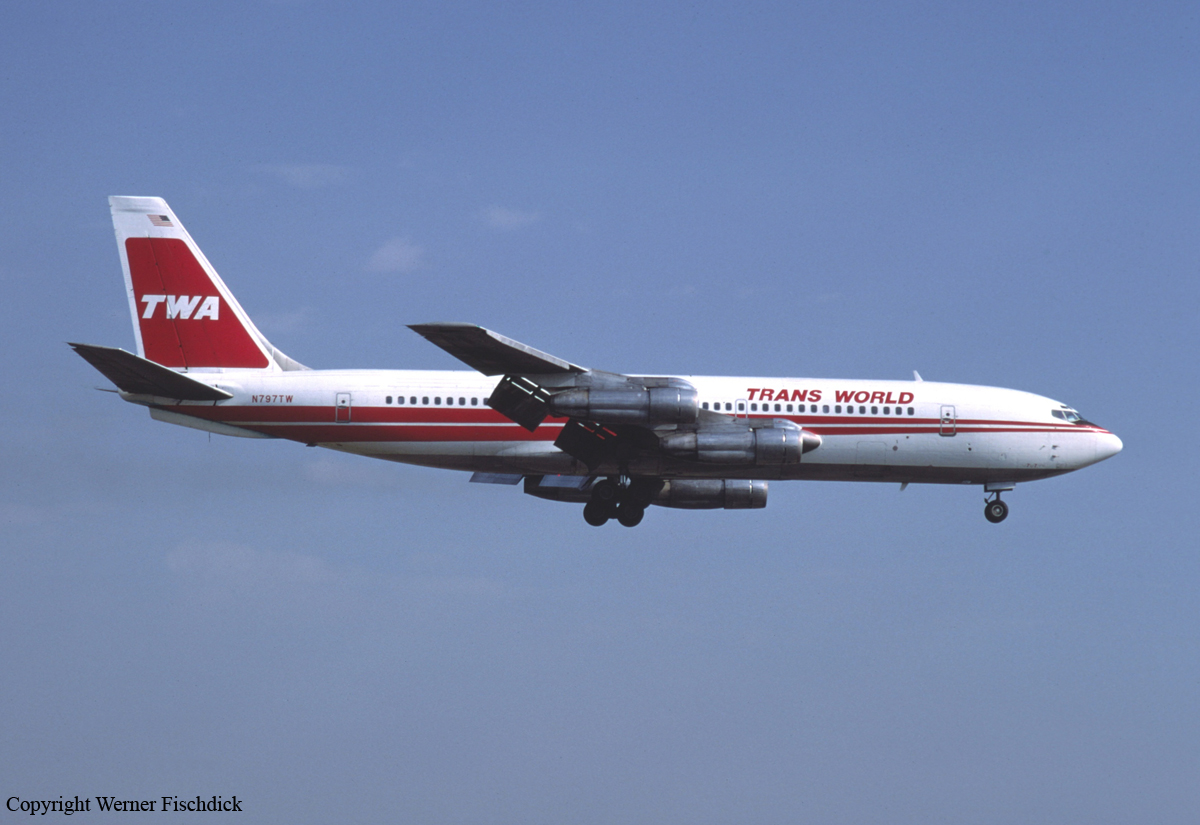Crash of a Mitsubishi MU-2B-40 Solitaire in Ramsey: 5 killed
Date & Time:
Dec 6, 1980 at 1617 LT
Registration:
N969MA
Survivors:
No
Schedule:
Fargo - Minneapolis
MSN:
408
YOM:
1979
Crew on board:
1
Crew fatalities:
Pax on board:
4
Pax fatalities:
Other fatalities:
Total fatalities:
5
Captain / Total hours on type:
875.00
Circumstances:
While descending to Anoka County-Blaine (Janes Field) on a flight from Fargo, the twin engine airplane entered an uncontrolled descent and crashed near Ramsey, about 13 miles northwest of Anoka Airport. The aircraft was destroyed and all five occupants were killed.
Probable cause:
Uncontrolled descent and subsequent crash during initial approach after the pilot failed to maintain flying speed. The following contributing factors were reported:
- Icing conditions including sleet and freezing rain,
- Visibility 4 miles or less,
- Fog,
- Icing reported by another pilot.
- Icing conditions including sleet and freezing rain,
- Visibility 4 miles or less,
- Fog,
- Icing reported by another pilot.
Final Report:






